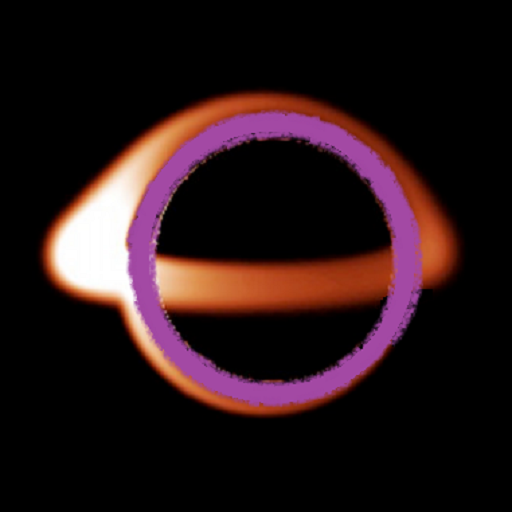A comet is an object, composed of water and dust, that orbits our Sun in a highly elliptical path. It consists of a nucleus, or body of water, dust, and rock fragments, frozen in space’s ultra-low temperatures. Comets consist of compounds of carbon, oxygen, nitrogen, and hydrogen (water, ammonia, methane, carbon monoxide, and some complex compounds). n addition, hydrogen gas forms a coma around the nucleus. The comet’s tail is formed as it approaches the Sun, as the heat from the Sun vaporizes part of the nucleus. Thus, its tail always faces away from the Sun as solar wind pushes it away.
Comets come from ether the Kuiper Belt or the Oort Cloud. The Kuiper belt is part of our solar system just beyond the planets (near Pluto’s orbit), but the Oort cloud is thought to encompass a much bigger area, all the way to the outer edges of the solar system. Nearby stars can alter the gravitational pull of objects in the Oort cloud, causing them to fall into an elliptical orbit around the Sun. A new scientific proposal suggested that our Sun may be a part of a binary star system (two stars orbiting each other) with a smaller red dwarf, and its orbit may be responsible for shaking comets loose from the Oort cloud.
Most of the comets we observe are thought to originate from the Oort cloud, in the outer-most part of our solar system. How many comets are there, and how much water exists in the Oort cloud? It can actually have many billions of comets. And we know now that it contains at least enough water to fill the oceans of Earth. In fact, it was found that the amount of hydrogen and oxygen outgassed from Earth simply can’t make the amount of water to fill the oceans. Where did the water come from? It came from comets! The trick is that comets have to impact Earth at a low angle so the water doesn’t instantly vaporize.
There’s much more than just water that comets bring to Earth. Where there’s water, there’s life! Recent studies have found that comets contain the necessary building blocks for life (amino acids and proteins), and the energy from the comet entering the atmosphere may provide the spark of life. Again, if the comet’s angle of approach is not just right, that life could be vaporized upon entry. But in the perfect conditions, water and life from comets can literally rain down on Earth. Not only did comets bring enough water to fill our oceans, but they may have also helped impregnate the planet with early forms of life, known as archaebacteria.
This form of life is a precursor to photosynthetic life. Known as extremophiles, these kinds of life forms can get energy in the absence of sunlight or oxygen. This may be perfect for a seed planted in a comet in the farthest reaches of the Oort cloud! On Earth, these forms of life can exist by gathering energy from things as simple as an electrochemical reaction on the surface of a mineral known as pyrite. We could have evolved from this elemental life form, but it may not have started on Earth. Comets brought us water and may have brought elemental life as well.
Picture: Comet Pan-STARSS seen this evening in Hawaii on March 8, 2013.
Sources:
http://www.universetoday.com/57853/kuiper/
http://airandspace.si.edu/etp/comets/comet_anatomy.html
http://en.wikipedia.org/wiki/Kuiper_belt
http://www.sciencedaily.com/releases/2001/05/010521072649.htm


